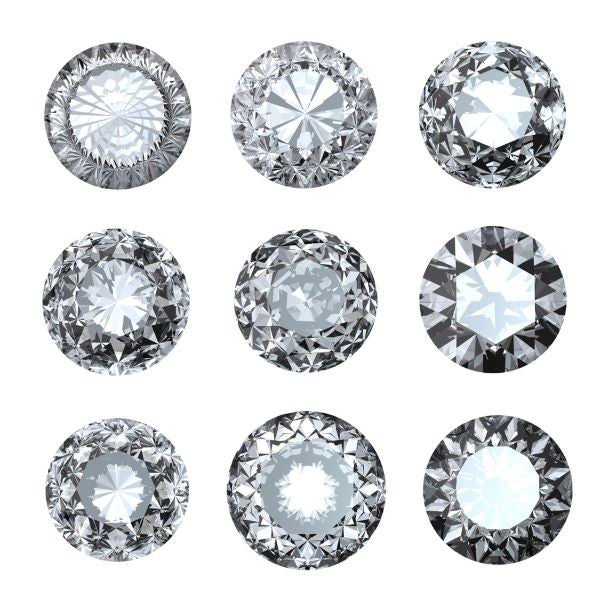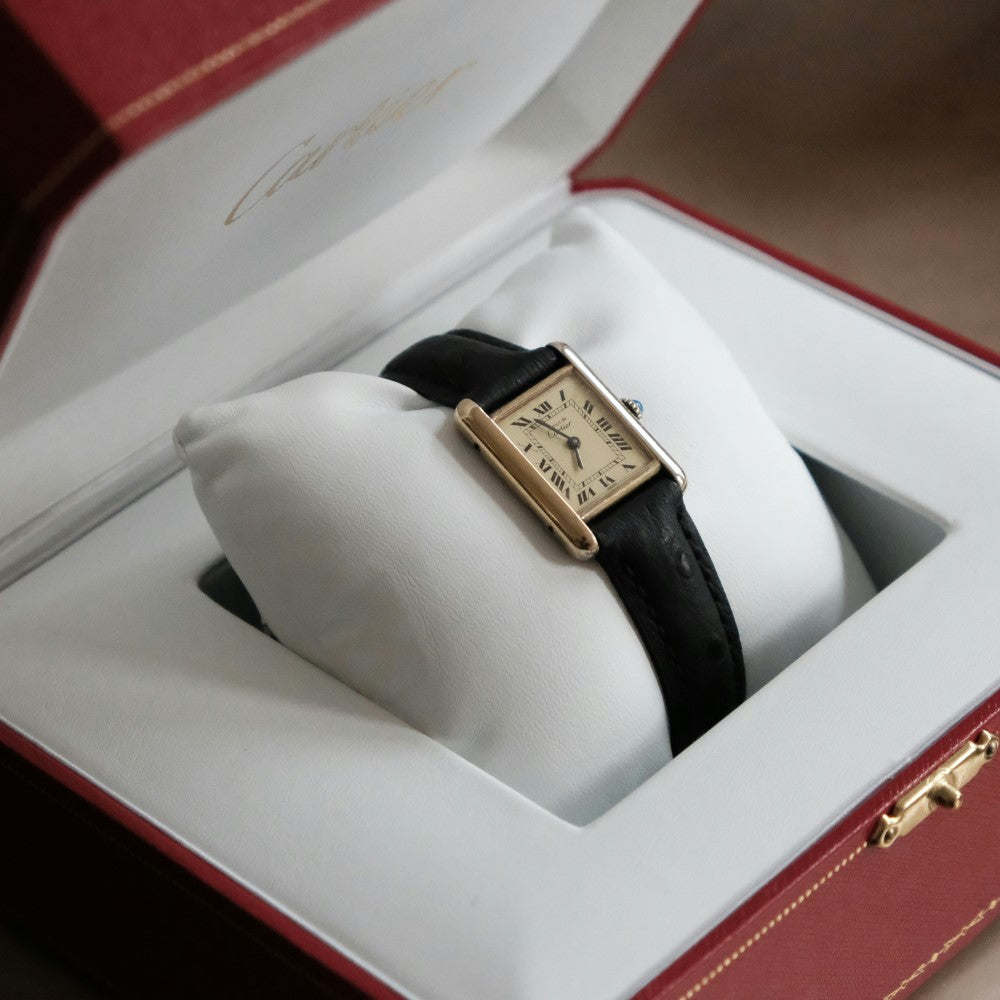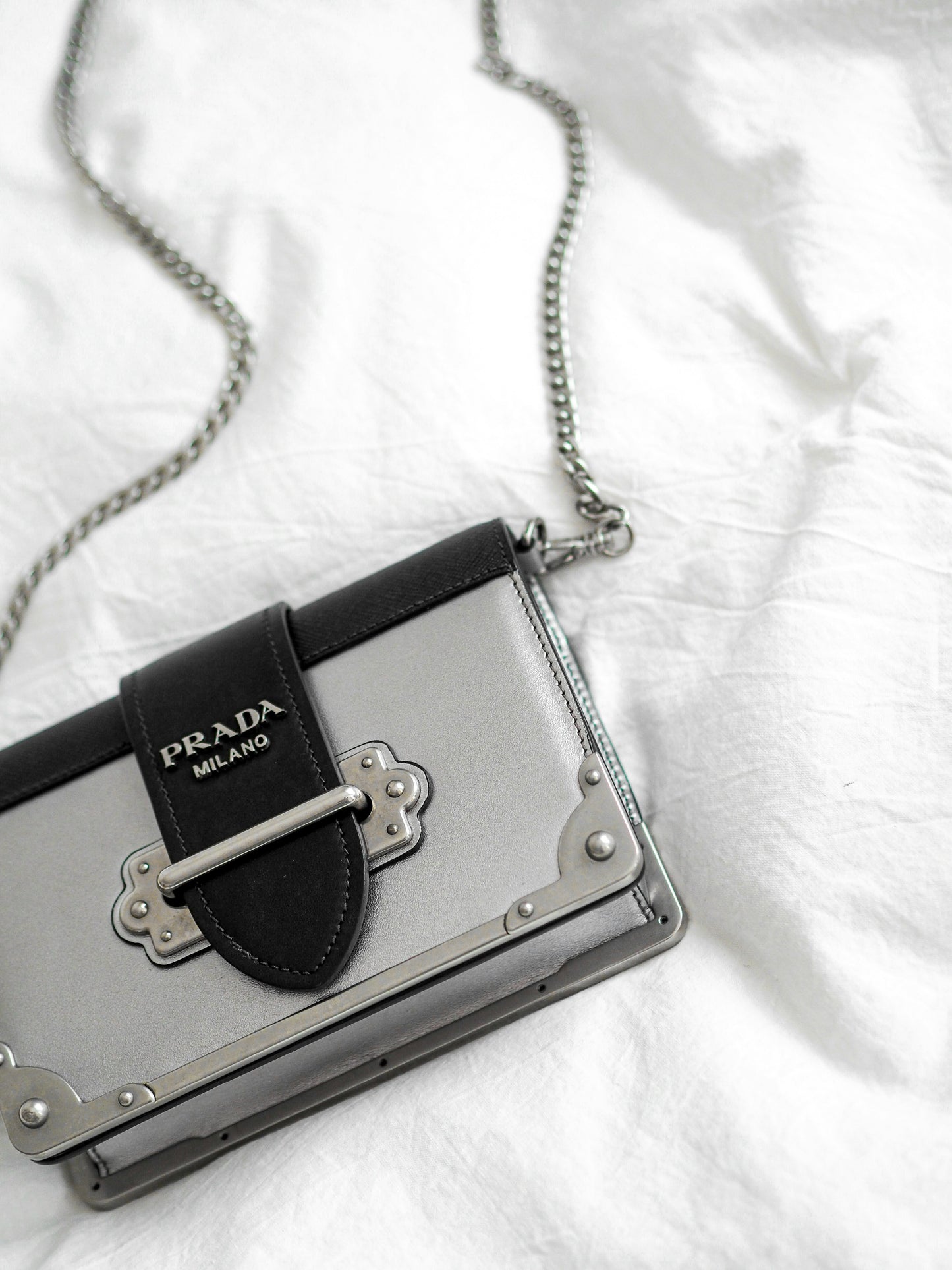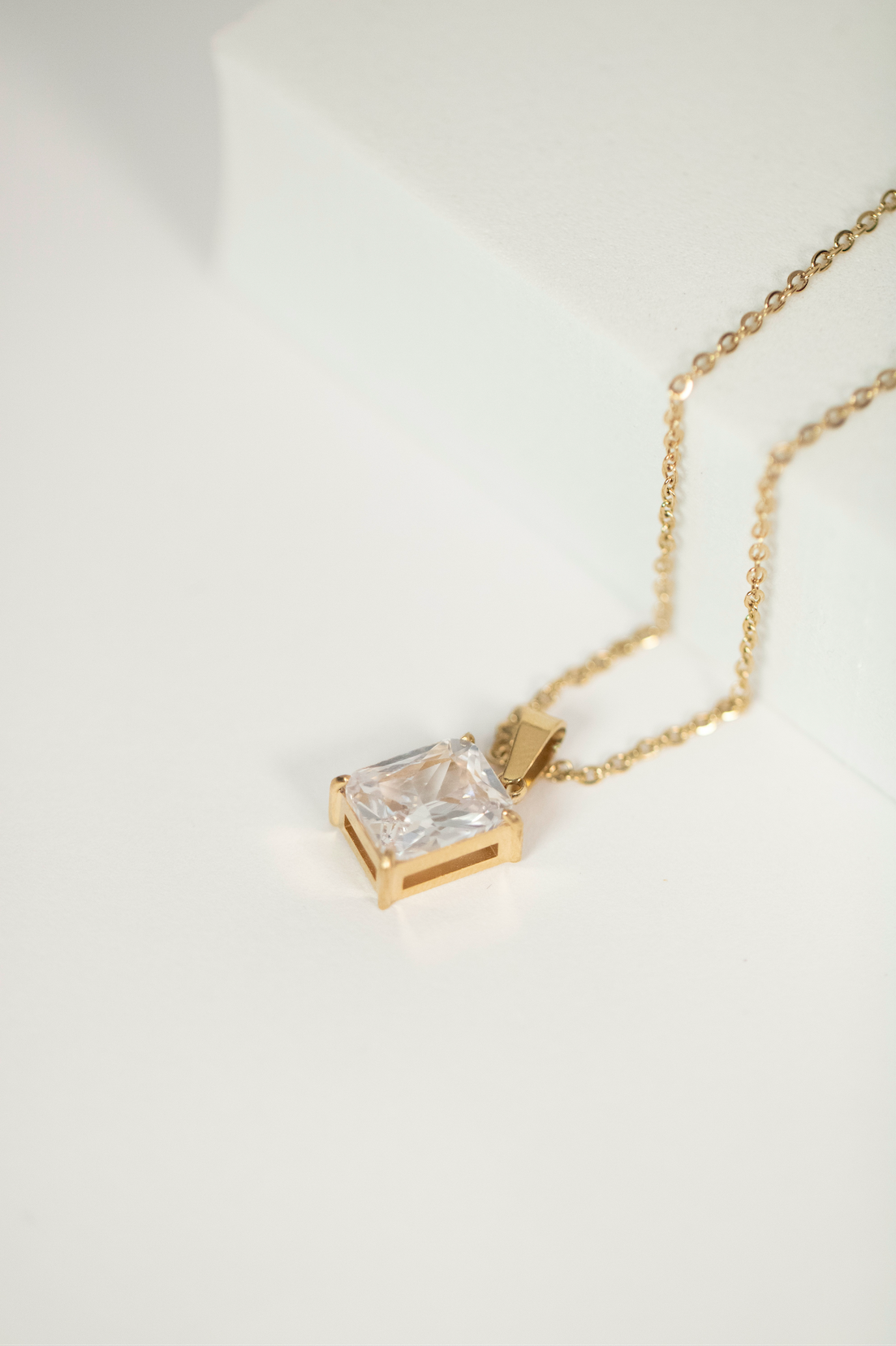
Most of the time, finding a bargain is something to brag about. We get excited when we come across bargain prices for concert tickets, electronics, or prescription drugs. In many cases, a higher price tag doesn't necessarily mean better quality.
However, there are some things for which the old adage "you get what you pay for'' holds true. This is generally the case for items that require craftsmanship, or are made out of high-quality materials. In particular, jewelry is an excellent example of products that aren't always better when they're cheaper. As it turns out, how much you pay for jewelry and where you buy it are often indicators of its value, its durability, and its uniqueness.
Why Some Jewelry Is Expensive
There are three main factors at play in determining the price of high end jewelry: precious metals, gemstones, and craftsmanship. All of them are expensive, and all of them are essential for high-quality jewelry.
Precious Metals
Have you ever bought an inexpensive piece of jewelry, only to wear it a few times and have it turn your skin green? If so, you're familiar with the problems of wearing cheap jewelry. Inexpensive jewelry is often made out of base metals such as copper, brass, or aluminum that is plated or painted to make it look like it's made of silver or gold. In addition to tarnishing and fading more quickly, some base metals (particularly aluminum) can be fragile, and may even cause skin irritation.
By contrast, gold, silver, and platinum are malleable enough to be made into quality jewelry and durable enough to last a lifetime (or even indefinitely, given the right care and circumstances). And as precious metals with industrial as well as aesthetic uses, they're likely to hold their value. Many people think of precious metals—especially gold—as an investment, rather than just ornamentation.
Gemstones
Like precious metals, gemstones represent the intersection of beauty and value. While the durability of gemstones varies, some of the harder ones (such as diamonds, sapphires, and rubies) will last virtually forever.
However, not all gemstones are created equal. When it comes to diamonds, which are one of the most sought-after gemstones and often figure in the most valuable jewelry, having a discerning eye is essential.
Diamonds and other gemstones are rated according to the Four Cs: carat, clarity, color, and cut. Carat is a measurement of weight, and is the metric most commonly discussed in reference to diamonds. The higher the carat value, the heavier and larger the diamond. Clarity refers to internal blemishes or inclusions that mar the diamond's purity. The color of a white diamond actually refers to its colorlessness—in general, the less color a diamond has, the higher its value (fancy color diamonds, such as pink and blue diamonds, are graded according to different color scales). The cut or shape of a diamond is what allows it to reflect light, thus making it visually appealing.
On the other hand, pearls, which are often just as sought-after as diamonds, are graded according to very different standards. The value of a pearl is determined by its shape, size, color, luster, nacre quality, and surface quality. Though not quite as hard as diamonds (and thus more prone to scratching), pearls can also last a long time.
Craftsmanship
Like any art or trade, jewelry making requires a high level of skill. When you pay for a piece of jewelry, you're not just paying for the materials that go into making it—you're also paying for the labor, artistry, and expertise that only that particular craftsperson can offer. While there's no set education or training path required to become a jeweler, most jewelers spend years learning and perfecting their craft. And in the same way that you might pay higher fees for specialized services from experts in other industries, jewelers with more experience may charge more for their skill and creative labor.
Where To Buy High End Jewelry
When buying jewelry, where you buy is almost as important as the type of jewelry you buy. While buying online or at a pawn shop can be tempting, it's rarely a good idea because you miss out on the guidance that a knowledgeable sales associate can provide. Further, buying based on photos alone means that you don't have a chance to inspect the quality of the jewelry before you purchase it.
For that reason, many people prefer going to jewelry stores or boutiques. Shopping at reputable stores is a good option, but it's not always satisfying for people who are looking for unique jewelry. For people who are craving one-of-a-kind, quality jewelry, luxury consignment stores provide an excellent alternative. A good luxury resale shop will authenticate all of their items, so there's no need to worry about fake or low-quality jewelry. Moreover, you can be sure that any items you find in a designer consignment store are timeless, valuable, and often come with their own special history.
North Shore Exchange is a nonprofit luxury consignment shop that offers pre-owned and pre-loved designer clothing, vintage jewelry, and accessories. Our expert Merchandising team carefully inspects all products to ensure authenticity, so you can shop for discount luxury items with complete confidence. Explore high-quality, timeless handbags, jewelry, clothing, or home accessories and decorative objects!
In addition to consignors making a potential profit on their unwanted items, North Shore exchange supports Chicagoland charities, and your purchases are helping to provide food for the hungry, shelter for the homeless, and services to prevent abuse to children and families.
You can also donate or consign your own luxury items by creating an account with North Shore Exchange today. Get cash for the luxury goods in your home, and find new ones at great prices—all while giving back to the community. It’s the best of all worlds!




